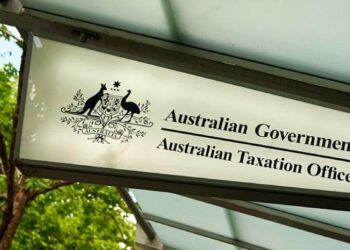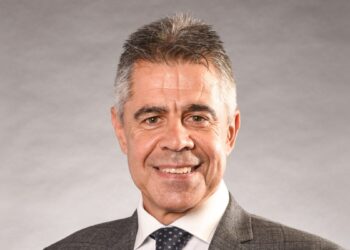Speaking at a recent Chartered Accountants Australia and New Zealand (CA ANZ) conference, Investment Trends research director Dougal Guild said that some of recent research from Investment Trends indicates that both the average age and the average balance for commencing an SMSF have been reducing over recent years.
The research by Investment Trends was based on interview with SMSF trustees, financial advisers, and accountants.
One of the trends that Investment Trends analysed with the data was the minimum account balance that SMSF accountants and licensed financial advisers suggest as being appropriate for the establishment of an SMSF.
“That minimum account balance for establishing an SMSF has stayed fairly consistent on the financial advice side at around roughly $410,000 which hadn’t changed from the year before,” he said.
However, the amount minimum starting balance suggested by accountants had fallen from previous years and was much lower than the amount for advisers at just $275,000.
Mr Guild noted that the third biggest challenge listed by SMSF advisers was SMSFs being set up by accountants for unsuitable clients.
While its unclear whether this is specifically related to SMSFs being set up with a lower account balance, it is clear that advisers feel some SMSFs are being established for clients where the SMSF is just not suitable, he said.
Mr Guild said this perception from advisers may be driven by considerations with their best interests duty and obligations.
“Advisers need to model a lot of different scenarios for clients who are in a public offer superannuation environment and consider whether the impact of fees,” he explained.
“They need to consider how they can justify that shift. From their perspective, the only way to justify the shift from an SMSF to a public offer fund is to have a higher balance which means the percentage of the [costs] is much lower.”
The data also indicates that among SMSFs established in past two years, accountants and advisers are far less likely to be the key influence behind a trustee’s decision for establishing an SMSF.
“What we’ve seen with SMSFs established in the past two years is that the predominant reason for the establishment of the fund was actually the SMSF trustee doing their own research. So, word of mouth advocacy, internet research and friends and family that had SMSFs was a key influence for setting up the most recently established SMSFs,” said Mr Guild.
This reflects a significant shift, he said, given that accountants were once the key influence for setting up an SMSF.
“Accountants were very clearly the key influence for previously-established SMSFs and they’ve now effectively been replaced by word of mouth,” he said.


